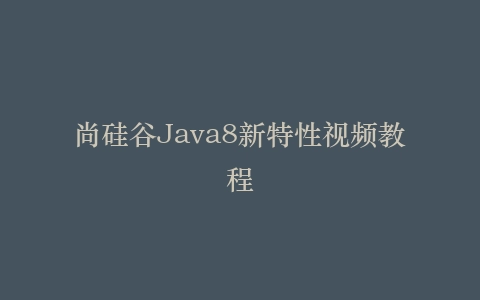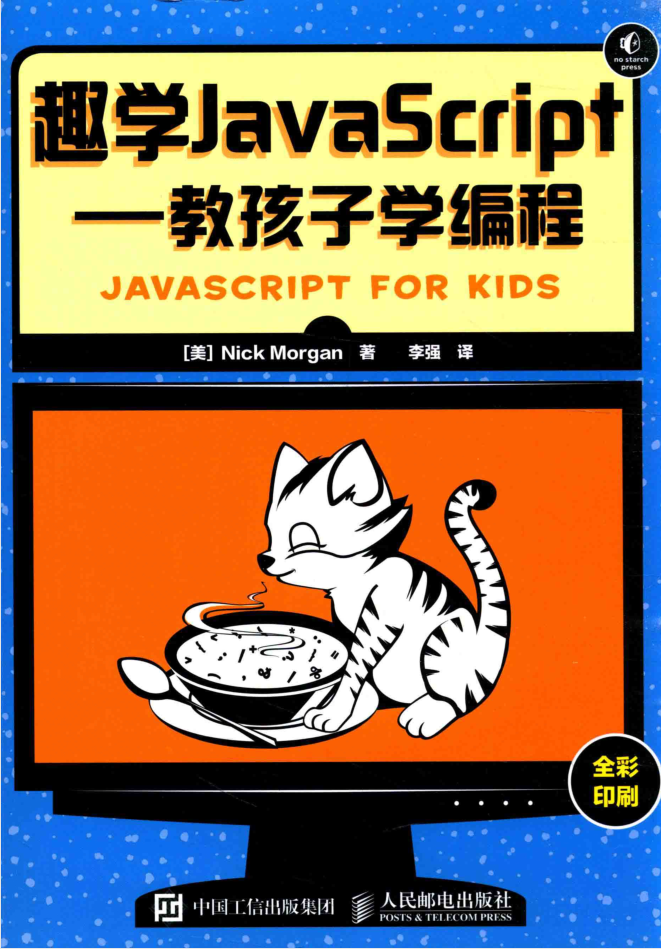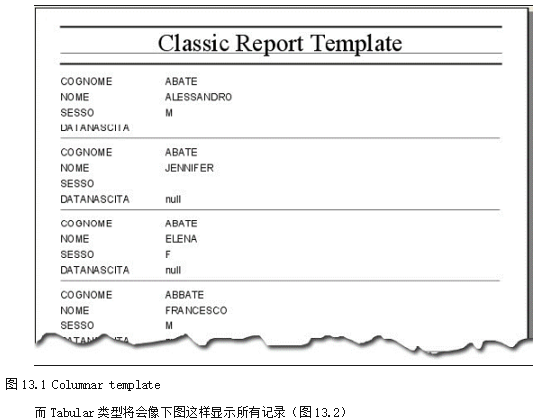
Java本地缓存与分布式缓存集成方案详解:从单机到集群的性能优化实践
作为一名在Java后端开发领域摸爬滚打多年的开发者,我深刻体会到缓存技术在现代应用系统中的重要性。今天我想和大家分享一个在实际项目中经常遇到的场景:如何将本地缓存与分布式缓存有机结合,构建一个既高效又可靠的缓存架构。记得去年我们团队重构电商系统时,就因为这个缓存架构设计不当,导致促销活动期间系统频繁崩溃,那段经历让我对缓存集成有了更深刻的理解。
为什么需要集成本地缓存与分布式缓存?
在开始具体实现之前,我们先来思考一个问题:为什么不能只用一种缓存?在我的项目实践中发现,单纯使用本地缓存虽然访问速度快,但在集群环境下会出现数据不一致的问题;而仅使用分布式缓存虽然解决了数据一致性问题,但网络IO的开销会显著影响性能。
最典型的例子是我们电商系统的商品详情页:商品基础信息变化不频繁但访问量巨大,如果每次都从Redis读取,Redis服务器很容易成为瓶颈。后来我们采用了本地缓存+Redis的二级缓存方案,性能提升了近3倍。
技术选型与准备工作
在具体实现前,我们需要选择合适的组件。本地缓存我推荐使用Caffeine,它是Guava Cache的优化版本,性能卓越;分布式缓存首选Redis,成熟稳定;还需要一个缓存管理器来协调两者,这里我选择Spring Cache抽象层。
首先在pom.xml中添加依赖:
com.github.ben-manes.caffeine
caffeine
3.1.8
org.springframework.boot
spring-boot-starter-data-redis
配置文件中需要配置Redis连接信息:
spring:
redis:
host: 127.0.0.1
port: 6379
password: your_password
database: 0
timeout: 2000ms
实现二级缓存的核心架构
二级缓存的核心思想是:优先从本地缓存读取,如果不存在则查询分布式缓存,如果还没有就查询数据库并回填到两级缓存中。这种设计能够最大限度地减少网络IO,同时保证数据的一致性。
下面是我在实际项目中使用的二级缓存管理器实现:
@Component
public class TwoLevelCacheManager {
@Autowired
private RedisTemplate redisTemplate;
// 使用Caffeine构建本地缓存
private final Cache localCache = Caffeine.newBuilder()
.maximumSize(10000)
.expireAfterWrite(Duration.ofMinutes(30))
.build();
public Object get(String key) {
// 第一步:尝试从本地缓存获取
Object value = localCache.getIfPresent(key);
if (value != null) {
return value;
}
// 第二步:从Redis获取
value = redisTemplate.opsForValue().get(key);
if (value != null) {
// 回填到本地缓存
localCache.put(key, value);
}
return value;
}
public void put(String key, Object value) {
// 同时写入两级缓存
redisTemplate.opsForValue().set(key, value, Duration.ofHours(1));
localCache.put(key, value);
}
public void evict(String key) {
// 同时清除两级缓存
redisTemplate.delete(key);
localCache.invalidate(key);
}
}
与Spring Cache集成的最佳实践
为了让缓存使用更加便捷,我们可以将二级缓存与Spring Cache注解集成。这样业务代码只需要使用@Cacheable等注解就能自动享受二级缓存的好处。
下面是自定义CacheManager的实现:
@Configuration
@EnableCaching
public class CacheConfig {
@Bean
public CacheManager cacheManager(RedisConnectionFactory factory) {
return new TwoLevelCacheManager(factory);
}
}
public class TwoLevelCacheManager extends AbstractCacheManager {
private final RedisTemplate redisTemplate;
private final Map caches = new ConcurrentHashMap<>();
public TwoLevelCacheManager(RedisConnectionFactory factory) {
this.redisTemplate = createRedisTemplate(factory);
}
@Override
protected Collection loadCaches() {
return caches.values();
}
@Override
public Cache getCache(String name) {
return caches.computeIfAbsent(name,
key -> new TwoLevelCache(key, redisTemplate));
}
private RedisTemplate createRedisTemplate(
RedisConnectionFactory factory) {
RedisTemplate template = new RedisTemplate<>();
template.setConnectionFactory(factory);
template.setKeySerializer(new StringRedisSerializer());
template.setValueSerializer(new GenericJackson2JsonRedisSerializer());
return template;
}
}
业务层使用示例
配置完成后,在业务层使用缓存就变得非常简单了:
@Service
public class ProductService {
@Cacheable(value = "products", key = "#productId")
public Product getProductById(Long productId) {
// 模拟数据库查询
return productRepository.findById(productId)
.orElseThrow(() -> new RuntimeException("Product not found"));
}
@CacheEvict(value = "products", key = "#productId")
public void updateProduct(Product product) {
productRepository.save(product);
}
@CachePut(value = "products", key = "#product.id")
public Product saveProduct(Product product) {
return productRepository.save(product);
}
}
缓存一致性问题的解决方案
在分布式环境下,缓存一致性是最棘手的问题。我总结了几种解决方案:
1. 设置合理的过期时间:根据业务特点设置不同的TTL,对于不经常变化的数据可以设置较长的过期时间。
2. 使用消息队列同步缓存:通过Redis的Pub/Sub功能实现缓存失效的广播:
@Component
public class CacheSyncListener {
@Autowired
private TwoLevelCacheManager cacheManager;
@EventListener
public void handleCacheEvictEvent(CacheEvictEvent event) {
// 收到缓存失效事件,清除本地缓存
cacheManager.evict(event.getCacheName(), event.getKey());
}
}
3. 采用延迟双删策略:在更新数据库后,先删除缓存,然后延迟几百毫秒再次删除,确保读请求导致的旧数据被清理。
性能监控与调优建议
缓存系统上线后,监控是必不可少的。我建议重点关注以下几个指标:
- 本地缓存命中率
- Redis缓存命中率
- 缓存响应时间
- 内存使用情况
可以通过Spring Boot Actuator来暴露这些指标:
management:
endpoints:
web:
exposure:
include: metrics,caches
endpoint:
metrics:
enabled: true
caches:
enabled: true
踩坑经验与总结
在实施二级缓存的过程中,我踩过不少坑,这里分享几个重要的经验:
1. 内存溢出问题:本地缓存一定要设置合适的大小和过期策略,否则很容易导致内存溢出。我们曾经因为本地缓存没有设置上限,导致应用服务器内存爆满。
2. 缓存穿透防护:对于不存在的key,也要在缓存中存储空值,并设置较短的过期时间,避免大量请求直接打到数据库。
3. 序列化兼容性:确保本地缓存和Redis使用兼容的序列化方式,我们曾经因为序列化不一致导致ClassCastException。
通过本地缓存与分布式缓存的有机结合,我们成功构建了一个既保证性能又确保数据一致性的缓存架构。这种方案特别适合读多写少、数据变化不频繁但访问量大的场景。希望我的实践经验能够帮助大家在项目中更好地运用缓存技术。
2. 分享目的仅供大家学习和交流,您必须在下载后24小时内删除!
3. 不得使用于非法商业用途,不得违反国家法律。否则后果自负!
4. 本站提供的源码、模板、插件等等其他资源,都不包含技术服务请大家谅解!
5. 如有链接无法下载、失效或广告,请联系管理员处理!
6. 本站资源售价只是赞助,收取费用仅维持本站的日常运营所需!
源码库 » Java本地缓存与分布式缓存集成方案详解





